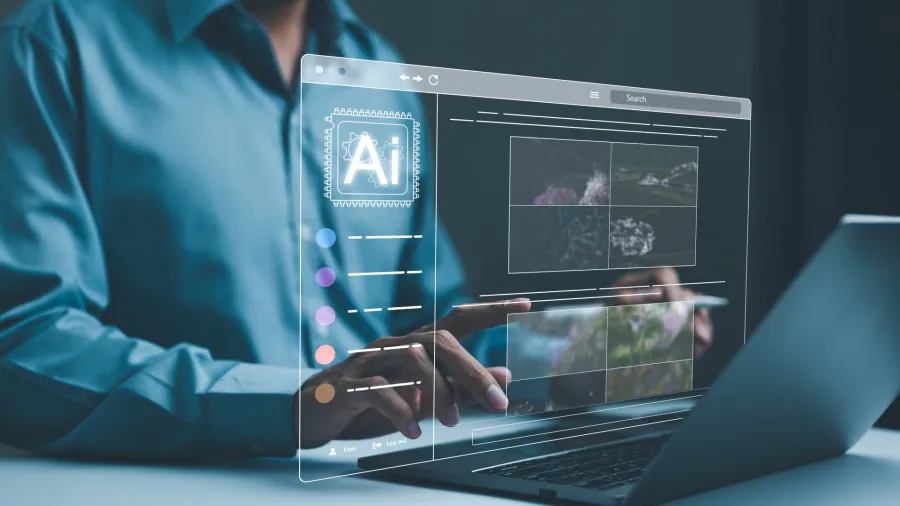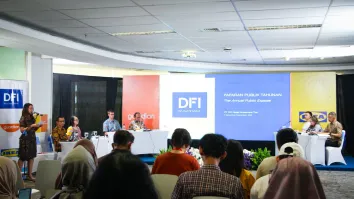
Developing a culture of co-creation through AI generative design
Creative Director of dwp answers what’s next for designers with AI integration in architecture.
AS artificial intelligence (AI) continues to evolve, its integration in the world of design and architecture is not limited to enhancements. Quickly realising this, Design Worldwide Partnership (dwp) now pushes the boundaries of creativity matched with efficiency.
During the Retail Asia forum in Bangkok, dwp Creative Director Thomas Meier explained the advantages of using AI generative design and how it fosters a culture of co-creation for improved design outcomes.
Generative design is a process where AI algorithms create an array of design options based on set parameters.
During his presentation, Meier illustrated this by creating an image he generated within a few minutes.
“It takes about 20 seconds to generate an image like that, and once you’ve got that recipe, you can go through a discussion or collaboration with your team or clients to create a series of images,” he told the audience. “You can create variation by adjusting the colour, the shape — you can adjust anything.”
Though the concept of parameters may seem restrictive, Meier noted that AI enables one to think beyond conventionality by exploring diverse design paths that may lead to unexpected solutions that enhance the overall quality and impact of architectural projects.
“Instead of going through one linear process, we go very horizontally. We explore multiple directions, and through that iteration, one idea emerges, which we then have to rationalise,” he said.
Enhanced collaboration
As AI facilitates rapid prototyping and visualisation, immediate feedback is made possible between designers and their clients, allowing for accelerated decision-making and reducing the overall project timeline.
Meier shared that during the firm’s 30th anniversary, they booked a chat room, set up two laptops, and invited 300 clients to have an impromptu brainstorming session on design ideas.
“We gave everyone five minutes. It was unprepared, so you could sit down at our table and start a discussion on any subject, whether it's a landmark in Shanghai, a beach house in Phuket, or whatever it might be,” he said.
“Fast forward and we have created about 200 images that led to 18 concepts that we emailed to our clients,” he added.
Meier stressed that this feature to engage, generate, and modify designs in real time significantly improves the client’s experience.
On the designer’s side, AI allows them to focus on more strategic and creative aspects of their work by automating routine and time-consuming tasks.
“Essentially, all the relevant tasks in our work are progressively getting rid of. It's a new time that we can now allocate towards research — whether it’s about understanding better brands, research on sustainability, an internal workshop, and more,” he said.
So, when people look at the shift towards AI generative design, Meier imparts the idea of a mutually beneficial relationship focused on enhancing productivity. He believes that it allows deeper innovation and ensures that the final product closely aligns with client expectations.



















 Advertise
Advertise





